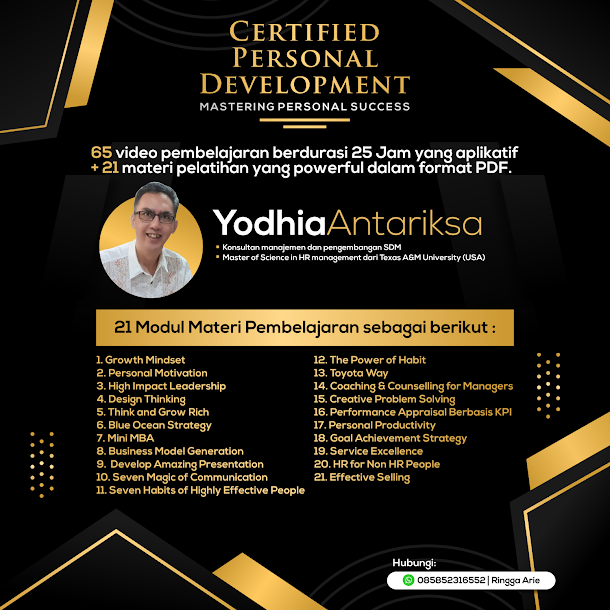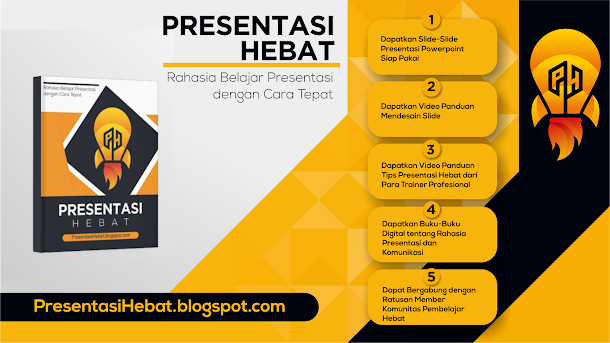Each one of your employees has probably tweeted about something, written anonline review, or engaged with businesses in some way. They’re already telling others what they think. But are they telling you?
Probably not, and the reason is that the current system, as designed, is antiquated, slow-moving, and not focused on the core tenets of how new technologies and systems become adopted by a large user base.
Despite how frequently we communicate and share and break down walls that existed for generations today, employers and their companies have been slow to adapt. Companies ignore these trends at their peril.
Their feedback processes are outdated and slow. Whereas consumers give feedback daily, most employers ask employees what they think every 12 months—sometimes longer. Only 4% of companies have a continuous feedback relationship set up with their employees. Then, once the feedback comes in, it takes months to process and integrate new ideas into the system.
It’s no wonder employee engagement and trust are at all-time lows. Here’s what we can do to get and stay in sync:
1. INCREASE THE FREQUENCY OF FEEDBACK CYCLES
Every day there’s real-time feedback between consumers and brands, but when’s the last time you felt your company was communicating in real-time directly with your employees?
Unless you work at a very forward-thinking place, chances are it’s fairly rare. We need to move our external methods of doing business—how we deal with customers and customer acquisition—into our internal methods—how we deal with our own people. That will require embracing faster authentic employee feedback cycles and a more agile set of supporting tools.
2. START AND MAINTAIN AN ONGOING DIALOGUE
Oftentimes companies faced with engagement or morale concerns will hire a consultancy, create an employee survey, analyze the results, present the results in an all-hands meeting, and then follow through on the results. From start to finish, that process can take almost a full calendar year, and the follow-through phase is rarely clear at the employee level.
That’s not actually how the human brain works or processes events; real-time feedback is necessary and can be achieved through a new category of employee feedback tools.
Real-time, organic communication that occurs in the employee’s own voice can seem like a soft skill to someone focused on driving revenue, margin, and managing their bottom line. We understand that, but we also believe within the next few years this real-time feedback and the alignment and speed that is derived from it will be the source of competitive business advantage.
If you’re not having this authentic dialogue every day with your people, and you’re instead waiting for some survey to be analyzed, your people will continue to get impatient, their engagement will suffer, and ultimately they will leave—millennials will make up almost 50% of the workforce by 2020 and will hold 15 to 20 jobs in their careers—and you’ll have to find new people, which has a huge cost to your business.
3. LEAD WITH DESIGN
Another hallmark of the modern era has been a renewed focus on both product and design when facing consumers. Consider for example that Apple, a company that embodies both of these things for many, is poised to become the first trillion-dollar company in the next few years. But oftentimes tools designed for internal use can be clunky and have bad user interface.
If you want successful real-time feedback to be implemented, you need to upgrade your tools to products that your employees would want to use outside of work.
Intuitive design, as well as product marketing, which in this case would be explaining the value of the tool to your employees, needs to be at the forefront. A clunky, poorlydesigned tool, even with heavy top-down push for its adoption, won’t be broadly accepted by your employees. Intuitive design and thoughtful internal marketing need to be hallmarks for wide enterprise adoption.
Instituting these tips in your business will allow you to realize the problems of your organization long before they may appear on Glassdoor, which will in turn allow you to retain your best talent. These things may seem like HR’s domain, and you may scoff at them because they’re not explicitly revenue-facing, but as the workforce evolves, they will continue to be more and more essential to you and your organization’s success.
—Michael Papay is CEO and cofounder of Waggl, a real-time feedback platform that helps organizations source authentic feedback in a faster and more engaging way than a survey.
—David Timby is also a cofounder of Waggl, and has spent more than a decade helping organizations apply technology to engage their employees.




















0 komentar:
Posting Komentar